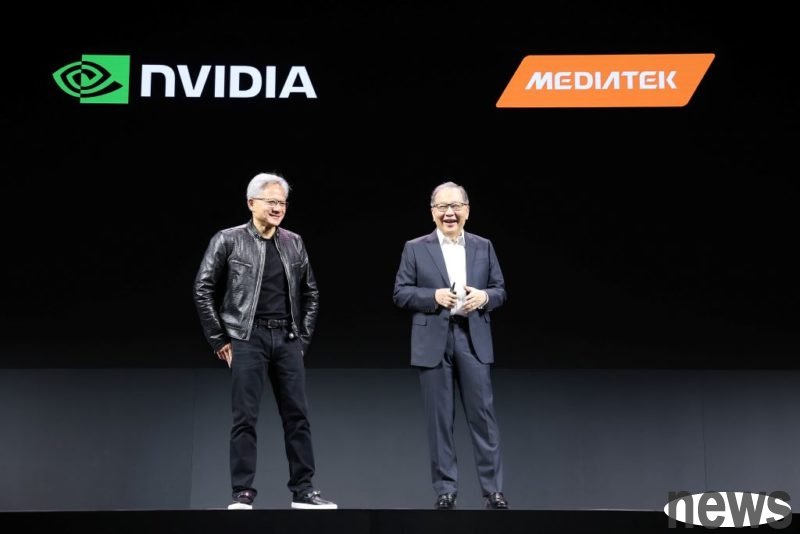Wccftech reports that the GPU manufacturer NVIDIA (NVIDIA) has been frustrated in the PC field of Windows on Arm, and the launch time of the N1X processor, which cooperates with the IC design manufacturer, has been delayed until the first quarter of...

Wccftech reports that the GPU manufacturer NVIDIA (NVIDIA) has been frustrated in the PC field of Windows on Arm, and the launch time of the N1X processor, which cooperates with the IC design manufacturer, has been delayed until the first quarter of 2026.
N1X is the first Windows on Arm on PC processor jointly developed by NVIDIA and the Joint Development Corporation. The main reason for this delay is that the development progress of the micro Windows operating system is slow. The original plan of the next-generation Windows platform of the Microsoft software was launched simultaneously with the N1X processor. The platform will bring advanced AI capabilities and further prepare the ecological system. However, the development of microscope is facing severe delays, and it is expected that the official release will still take several seasons.
The second is that Windows on Arm's market acceptance in PC domain processors is not as expected. In fact, although Qualcomm claims that its NB sales are large, actual consumer demand is growing slowly and market acceptance is not high. Although the concept of AI PC has been widely promoted for a while, consumers still have a strong view of buying such platforms. In addition, AMD and Intel's x86 architecture PCs still occupy a dominant position in the market, which makes the development of Windows on Arm's PC still stressful.
Finally, the reasons for N1X delay were NVIDIA's own chip design evaluation and modification. At this stage, NVIDIA is conducting a new version evaluation of its N1X processor. New revisions will bring design changes and various optimizations to ensure that the product is fully prepared when launched.
Originally, the purpose of the NVIDIA N1X processor was to become the core of enterprises and consumer products to become the advancement of the AI PC field, and could compete with other competitors' solutions launched. The N1X processor will use N3B processing technology of tyre-electric. The core architecture is composed of two main components, namely Grace (Arm) CPU and Blackwell GPU. This chip is also called GB10 on platforms such as DGX Spark, but compared to GB10 Superchip, the N1X processor positioning is more inclined to mainstream market applications.
NVIDIA GB10 Superchip specification is similar to that of the N1X processor, equipped with 20 Grace architecture Arm core CPUs, Blackwell GPUs with up to 1PetaFlops FP4 AI computing power, LPDDR5X memory that supports up to 128 GB, and integrated advanced I/O. According to the N1X processor Geekbench 6 test data, the highest single core score is 3,096 points and the multi-operation score is 18,837 points. The time limit is 2.81GHz, and the time limit for GB10 is up to 3.9GHz. Compared with AMD's Ryzen AI MAX+ 395 chips (16 cores, 32 execution, and time exceeding 5GHz), the N1X has performed quite well in its early stages, with further improvements in performance after revision.
In addition, a number of chips in the NVIDIA N1 series have been unveiled. N1X is mainly for the enterprise/business market, while N1C is for the consumer market, and there may be entry-level models for niche markets. These wafers were previously expected to provide performance of approximately 180-200 AI TOPs, but due to design and revision, the final performance is still uncertain. The N1 series chips will compete with the AMD Ryzen AI MAX, Apple M4 and Intel AX series. After the launch schedule for the first quarter of 2026 is confirmed, the 2026 International Consumer Electronics Fair reveals more information.